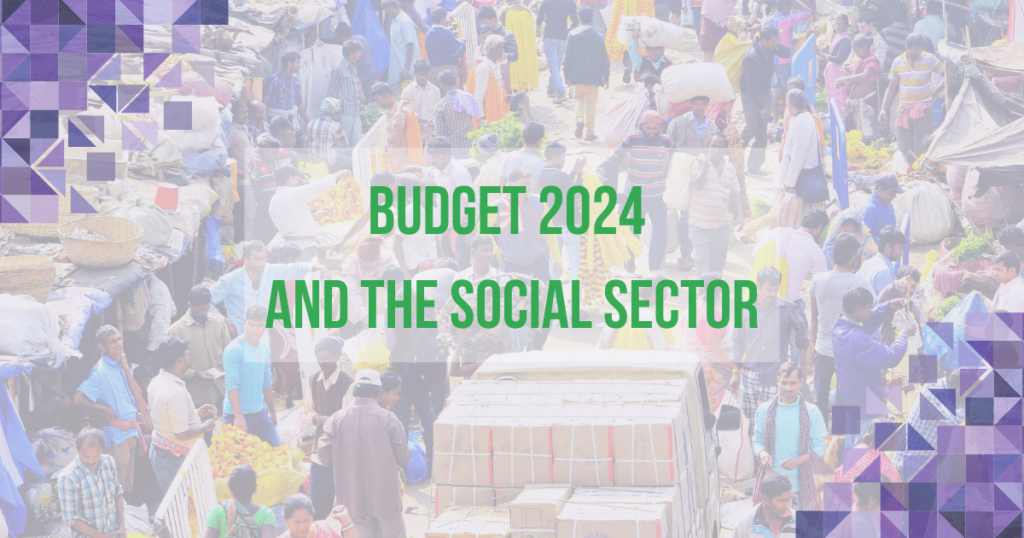India faces the challenge of a low Female Labour Force Participation Rate (FLFPR), with women kept out of the workforce due to a combination of social and economic factors.
India has the lowest FLFPR in South Asia and the 11th lowest globally. Due to a combination of social norms that compel them to prioritise unpaid domestic responsibilities over paid work, and the lack of appropriate job opportunities, women continue to be relegated to the home.
Where women are able to participate in the labour force, their work is characterised by high levels of informality, with little to no formal labour guarantees or social protection. Women workers are also over-represented in the care economy, in sectors such as domestic work, healthcare, beauty and wellness.
The platform economy is a promising development touted as an enabler of women’s participation in paid work.
Digital labour platforms, through which work is allocated, evaluated and monitored through the use of algorithms and data, are a turning point in the world of work. These platforms provide flexibility, helping women work from home at convenient times, and allowing them to fulfil domestic responsibilities while undertaking paid work. The platforms also provide connections to training opportunities and financial services, which afford a degree of formality to the women’s labour.
However, the opportunities the platform economy presents require careful demystification as legacy issues follow women into platform work, while newer challenges emerge as a result of digital intermediation.
Legacy issues that have plagued women’s work, such as occupational segregation, the wage gap, and unsafe working conditions are also present in the platform economy. Gendered patterns of smartphone ownership and access to the internet limit women’s ability to access work through digital platforms. In the absence of supporting social security and care infrastructure, women bear the double burden of domestic responsibilities as well as paid work.
The state, digital labour platforms, community-based organisations and philanthropies all have a role to play in determining the future of the platform economy.
To ensure that the gains of a rapidly platforming economy accrue equitably to women workers, certain interventions are necessary to ensure that women can:
- Access work on digital labour platforms;
- Undertake dignified work in transparent and safe working conditions and
- Balance domestic caregiving duties with the support of social and care infrastructure.
Authors: Sadhana Sanjay with support from Deshna Saraogi and editorial support from Harsha Sanyukta




